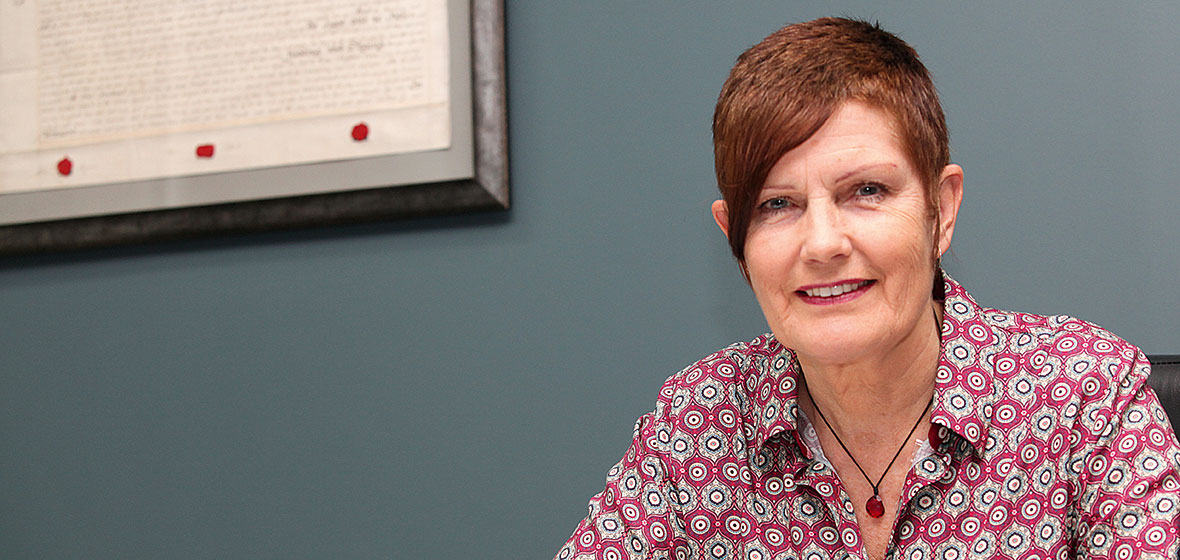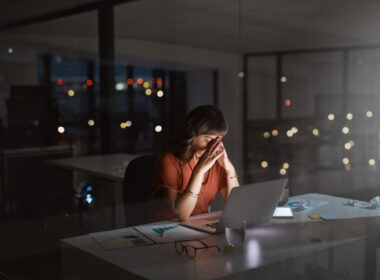Andrea Wilson’s office in Ultimo is a subdued and tranquil haven in which her clients discuss the most important and intimate details of their relationships. Sperm and embryo donation, surrogacy, in-vitro fertilisation, infertility and adoption: these are the issues that make up most of her practice. Lesbian mothers, gay father families, and families created by surrogacy here and overseas are her bread and butter. Wilson, 60, describes her legal practice as “all about relationships”. “I embrace change,” she says. “I love pushing the law, and the social change I have witnessed with in-vitro fertilisation, gay and lesbian parenting and surrogacy has been huge. The next inevitable change is marriage equality.” According to Surrogacy Australia, more than 1,000 babies born via surrogacy entered Australia in 2014. Attorney-General George Brandis is considering a recommendation from the House of Representatives Standing Committee on Social Policy and Legal Affairs for an inquiry into the regulatory and legislative aspects of surrogacy. Wilson hopes Australia soon legalises commercial surrogacy. She tells JANE SOUTHWARD about her daily work.
I left school at the end of Form 5 (Year 11) and worked for barristers in Owen Dixon Chambers in Melbourne as a legal secretary. It was just fantastic. I knew I wanted to study law. I worked there for nine years and completed my Higher School Certificate and other studies. I studied economics at Monash University and majored in finance. I recently became a Certified Practising Accountant.
When I first started working, there were numerous grounds for divorce – strict compliance and blame – and then, in 1975, just one ground – 12 months separation. Isn’t that just so progressive? One of my bosses, Abe Monester QC, chaired the Family Law Committee pioneering that change. Abe was the junior barrister to Phil Opas QC who defended Ronald Ryan, the last person hanged in Australia for murder.
I grew up reading discretion statements that contained evidence after a private investigator took photos of someone committing adultery. The photographic evidence would be placed in brown paper bags, sealed, and given to the judge. I got to see all of that before they went to the judge. We acted for many celebrities around town. They were fun times.




